Radial Arm Tool Tips & Modifications. - Get more out of your Radial Arm Saw and create a safer environment.
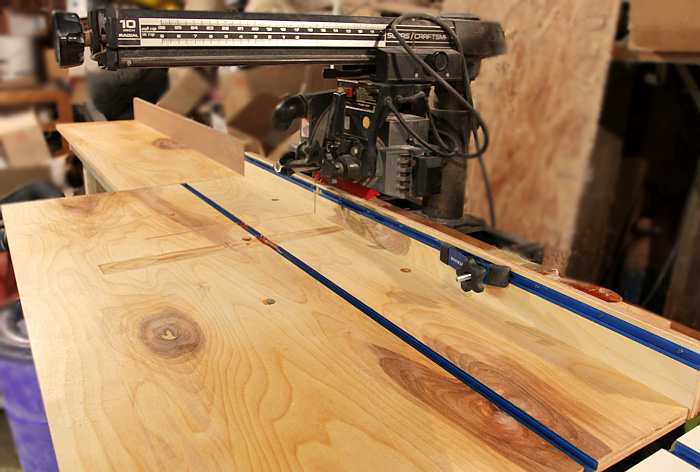
A few ideas I have implemented on my old Craftsman 10 Radial Arm Saw. It's gotten a lot of use since I purchased it back in the mid-seventies. I've had to replace the carriage bearings and some other wear items which brought it back to life after extensive use. In the past I've used the radial arm saw to do about everything; I used the sanding drum attachment, the molding cutter, dado, etc. Because of a miter saw, I really don't use the radial arm saw for angle cuts anymore. I have several different fences for different applications, but the newest addition is something I think will add to the usefulness of the RAS. There are a few basics that will make a difference just in case you haven't already utilized them. Always use the correct saw blades. My primary blades consist of two blades for cutting hard orr softwood. SInce my RAS is only 2 1/2 Horsepower I like using thin kerf blades since they require less wood removal than normal blades and require less resources to cut. For crosscutting I use the Fued Freud LU83R010 10'' x 50T Thin Kerf Combination Blade. For ripping hard or soft woods I use the Freud LU87R Thin Kerf Rip Blade. I change blades accordingly everytime as it is a simple proceedure and the results are worth it. There are many good blades out there, some more expensive than others. I highly recommend using specific application blades for both ripping and crosscuts and others for veneers, etc. Blade selection is an important aspect of RAS use. Recently, I was making some cabinets and visiting a local woodworking tool store (Rocklers). They had a sale on a T-Track and after using my router table for some cabinet facing work I got an idea of incorporating some aspects of the router table into my Radial Arm Saw setup. I bought two 48" T-Tracks and use one in the fence and the other one in the tabletop. There have been many instances in the past that required setting up jigs to suppot wood when cutting thin strips, deep thin strips, etc. When using my router table to cut rails & and stiles I would use the featherboards to keep the wook pieces from sliding out of place while making my passes with my wood cuts. The featherboards kept the wood in place without unecessary shifting which when shifting did occur it would undermine the proceedure and you might end up destroying the wood piece.. With that in mind I thought that featherboard use with the RAS would be not only beneficial but would make the RAS safer to use. Hear are a few more suggestions/modifications to get more out of your RAS: 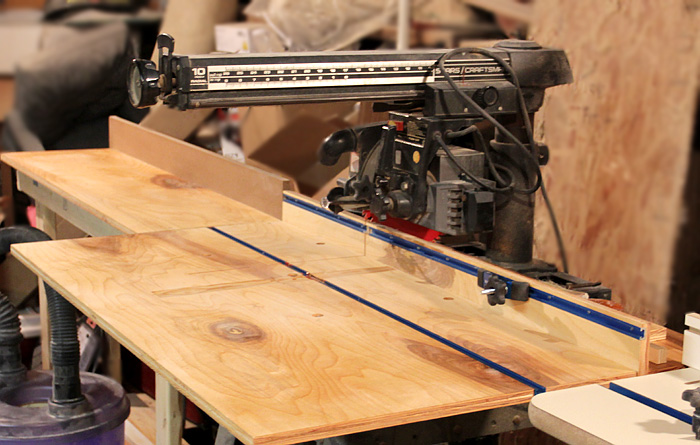
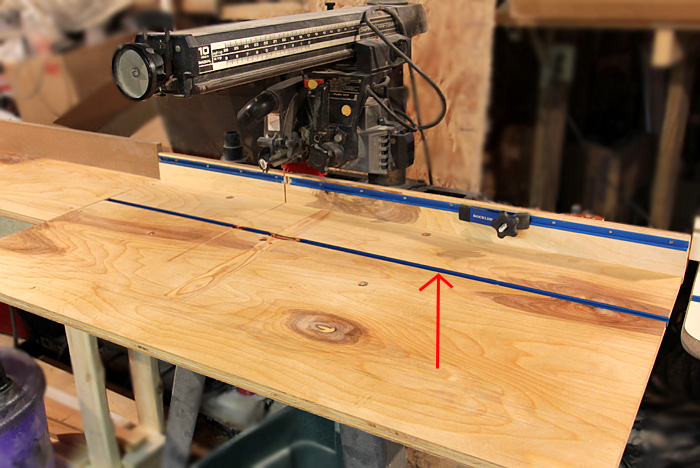 |
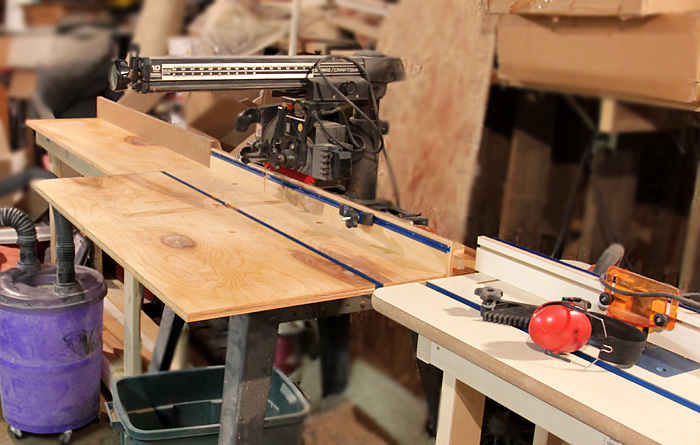
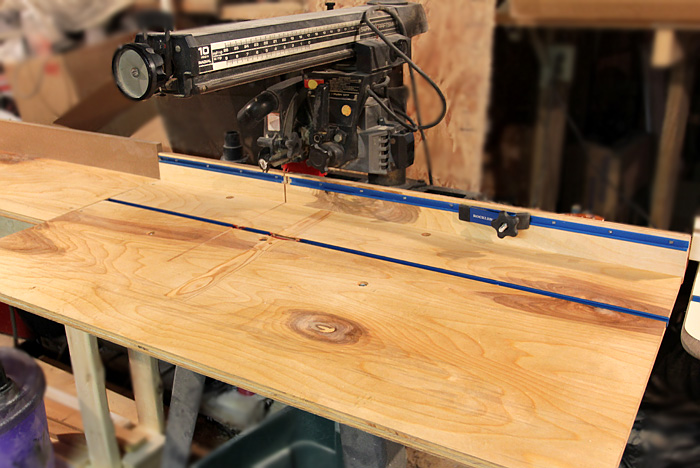
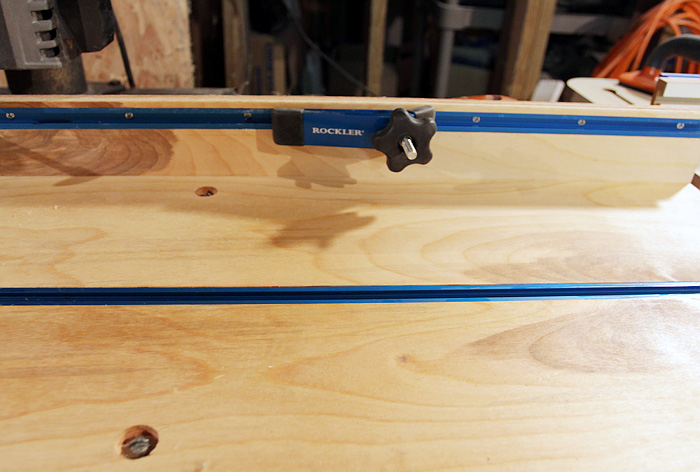
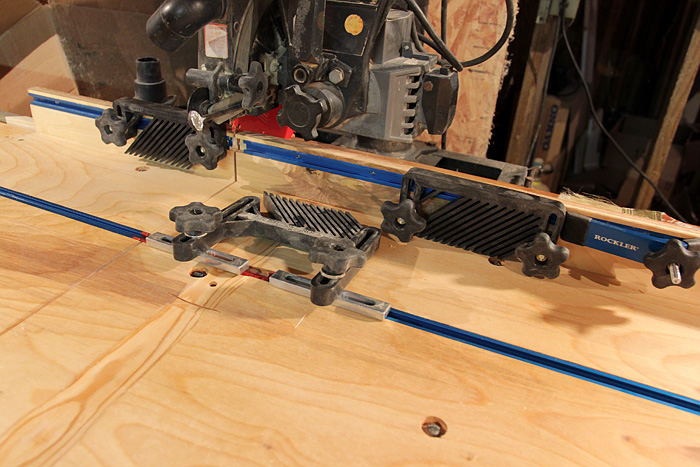
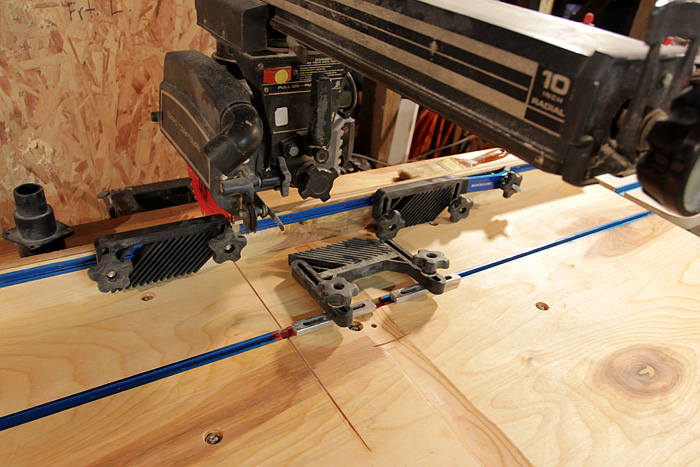
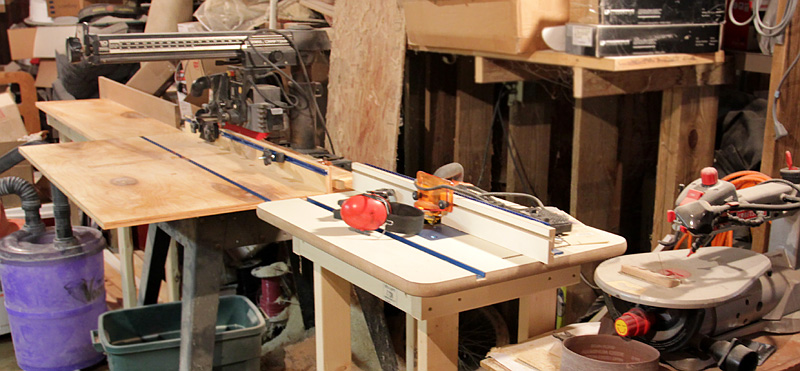
Copyright © MJ Marketing, Inc., All Rights Reserved